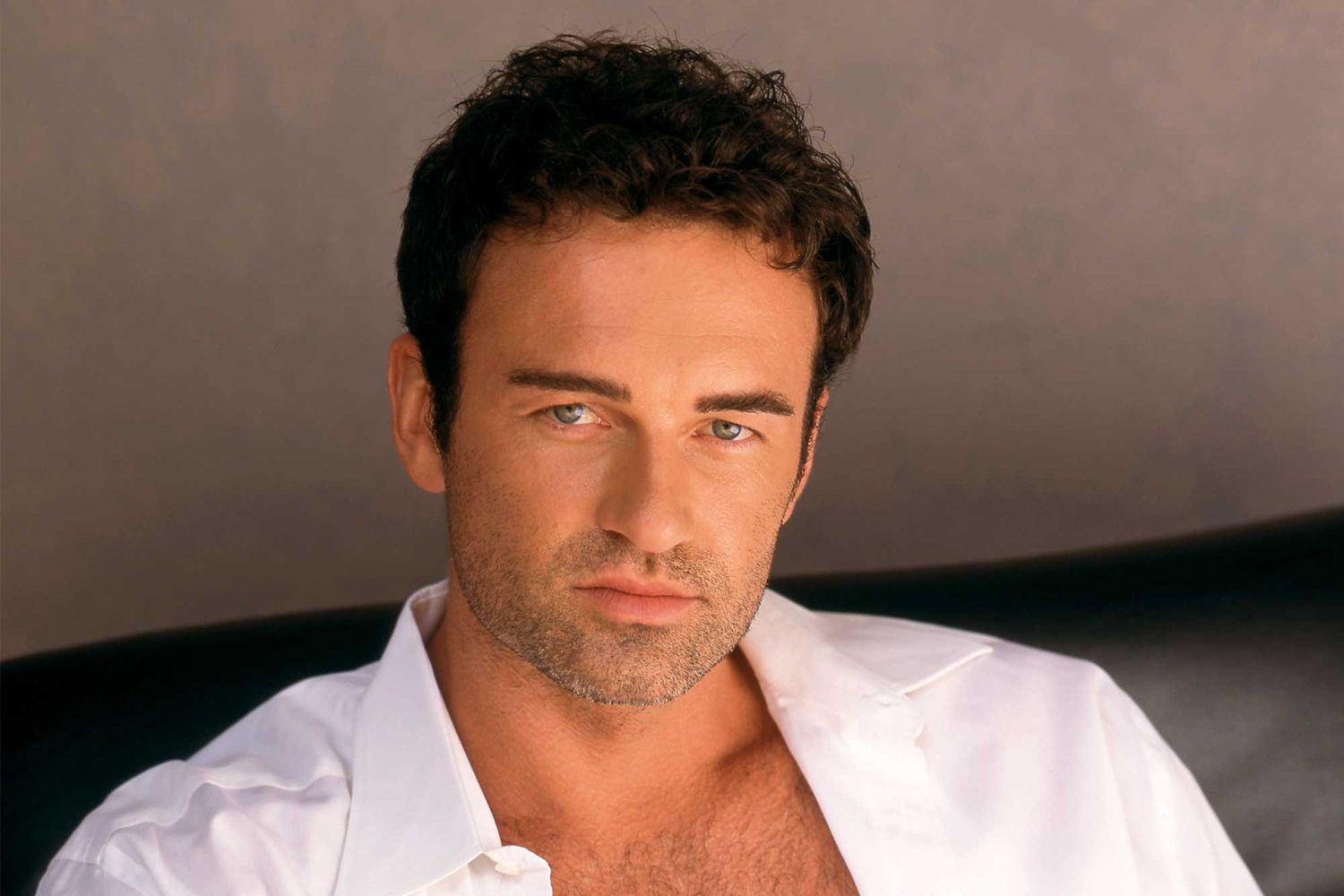
YouTube’s New Firearm Censorship Policies Spark Crisis for Creators
YouTube has imposed stringent new policies regarding videos linked to firearms, profoundly affecting channels like the well-known Hickok45. With a subscriber base of 7.75 million, Hickok45 has been a cornerstone in the YouTube firearms community, offering content that spans reviews, safety tips, and educational discussions about firearms.
The channel’s hosts, known as Hickok45 and his son John, revealed troubling news about YouTube’s policy shifts in a recent video. “We just had a chat with our Google rep,” explained John, noting the dire implications of the changes. Since the policy update on June 18th, all videos featuring sponsorships from firearms companies or related accessories are not only prohibited but also place the entire channel at risk of termination. This marks a significant pivot from prior regulations, where only the videos themselves were at risk.
“Any videos posted with sponsorships of that kind post-June 18th will make your channel subject to being completely terminated,” John highlighted, stressing the severity of the situation. The channel, which has operated under these sponsorships for nearly its entire tenure, now faces the daunting prospect of losing nearly all its content, equating to 95% of its videos.
Reflecting on the long history of the channel, Hickok45 expressed dismay at the sudden shift in policy: “All these things that were perfectly fine for what, 15, 20 years, exactly all of a sudden are horrible.” The channel’s longstanding presence and compliance with previous YouTube guidelines underscore the abrupt and drastic nature of the policy change, which now threatens their entire body of work.
The changes represent a broader movement by YouTube to regulate content more strictly, aligning with a growing sensitivity towards gun-related content on social platforms. However, this shift poses existential threats to creators like Hickok45 who have built their audience around niche topics such as firearms and safety.
The Hickok45 team remains hopeful, encouraging followers to subscribe and stay updated across their various channels, including their main, clips, and talks channels. “We’re trying to be optimistic and we hope we can still keep giving you guys the content that you like to see,” John added, hinting at ongoing efforts to adapt to these new constraints without sacrificing their channel’s essence.
Last month, YouTube announced that it would intensify restrictions on firearm-related videos, a move aimed, it says, primarily at shielding its younger audience from exposure to potentially harmful content.
The Google-owned video-sharing giant will now block videos that instruct viewers on how to disable firearm safety features, along with imposing age restrictions on content showcasing homemade firearms, automatic weapons, and certain accessories such as silencers, limiting their viewing to those aged 18 and older. This policy adjustment was scheduled to be implemented on June 18.
YouTube’s new changes followed pressure from Manhattan District Attorney Alvin Bragg who recently challenged YouTube to curb the spread of firearm-related content among youth, criticizing the platform for allegedly not adequately enforcing its rules.
Following the announcement of the new policy, Bragg commended YouTube’s decision, highlighting the direct impact of illegal and 3D-printed firearms on community safety.
Despite these changes, YouTube has remained silent on whether these revisions were influenced by political pressures.
Bragg has been particularly vocal about the dangers of “ghost guns” and has previously reached out to YouTube to adjust its content moderation practices to prevent its algorithm from recommending violent content to children. “We have heard firsthand from young individuals that YouTube’s algorithm is driving them to the world of illegal and 3D-printed firearms, which is having a direct impact on the safety of Manhattanites,” Bragg stated, commending YouTube for its cooperative stance in revising its guidelines.
This situation highlights a broader issue with YouTube’s governance: the inherent instability creators face due to the platform’s ability to modify rules on a whim and enforce them retrospectively.
Retroactive Rules and Creator Instability
The principal concern with YouTube’s approach is the retroactive application of new policies. Content that was created and monetized under old rules can suddenly be found in violation of new guidelines, penalizing creators for past actions that were, at the time, completely within the rules. This creates a non-static environment where the goalposts can shift unexpectedly. For creators who have invested years into building their channels and audiences, this can mean a significant part of their digital livelihood is at risk overnight.
Impact on Creator Trust and Strategy
Such abrupt policy shifts undermine trust between YouTube and its vast community of content creators. Creators must constantly anticipate potential policy changes and adapt, often without clear guidance on what future rules might look like. This uncertainty complicates content strategy, discouraging investment in certain topics that might suddenly fall out of favor with YouTube’s policy team.
Economic and Emotional Toll on Creators
The economic implications are profound. Many YouTube creators rely on the platform as their primary source of income. When channels face demonetization or termination due to retrospective rule changes, it’s not just a revenue stream that dries up but a full-fledged business. Beyond economics, there’s an emotional and psychological toll as well, with creators feeling vulnerable to decisions made without their input or direct involvement.
Calls for Transparency and Stability
Many creators and critics are calling for greater transparency and stability in how YouTube enforces its policies. A platform that respects its creators needs to provide clear, consistent guidelines and ensure that changes are implemented in a way that considers the impact on existing content and its creators. Implementing a grace period or grandfathering older content could be potential solutions, allowing creators to adjust without immediate negative repercussions.
EXCLUSIVE: Economist Reveals How Gold, Silver, And The US Dollar Went Up After Assassination Attempt




